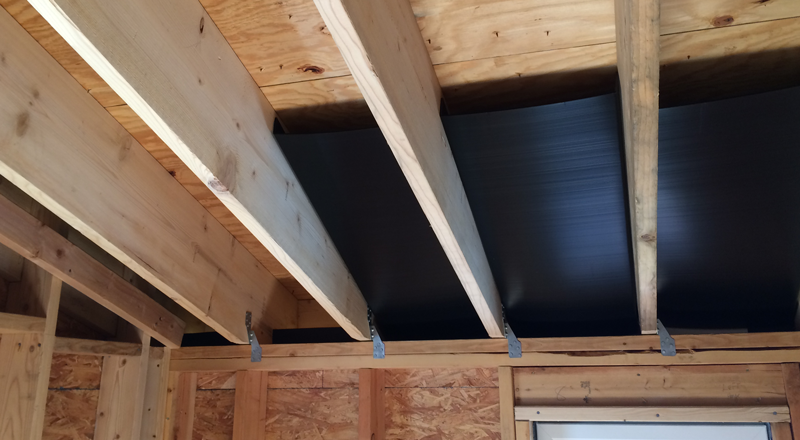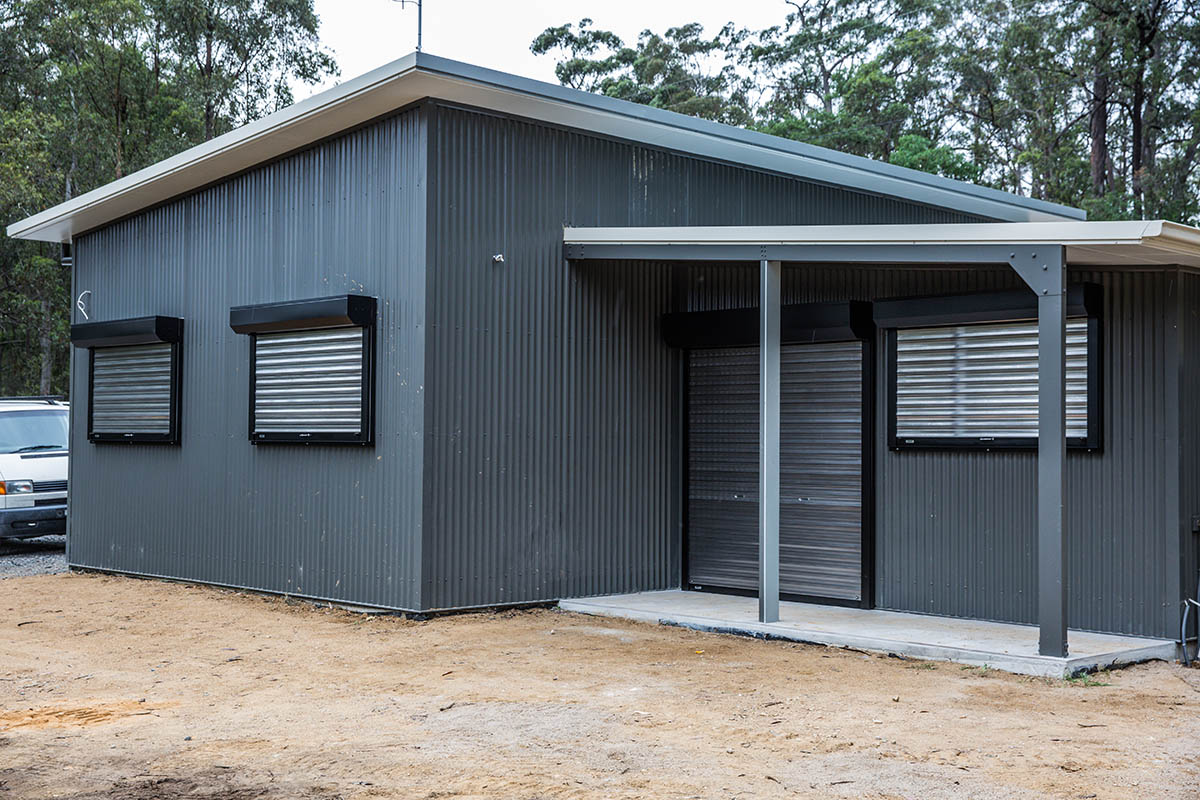Australia’s mounting bushfire risk is driving engineers to develop passive and active home-protection measures that function automatically.
Some of these measures are:
- ember-proof vents fitted with fine-mesh baffles to block sparks from entering subfloors and roof cavities
- non-combustible cladding that shields walls from radiant heat and direct flame
- advanced water-mist and sprinkler systems deliver a fine spray that dampens embers and cools surfaces without soaking building materials.
Together, these engineered solutions can greatly enhance a home’s chances of surviving ember storms and intense radiant heat during severe fire events.
Bushfire-proof home vents
Embers can enter homes through roof and subfloor vents, igniting debris and vulnerable timbers within cavities. To counter this, bushfire-rated vents use non-combustible corrosion-resistant mesh (steel or aluminium) with apertures smaller than 2mm to block embers while allowing airflow.

Bushfire-specific vent designs feature internal baffles that limit ember ingress and are rated for compliance with national construction standards. These vents must be installed with tight tolerances — gaps no greater than 2mm — to prevent accumulation of ember-laden debris behind cladding or roof sheeting.
Non-combustible cladding
Cladding is often a home’s first defence against radiant heat. Engineers specify non-combustible materials — such as fibre cement, masonry, or mineral-wool panels — for external walls in bushfire-prone areas.
Materials tested under fire-resistance standards must withstand direct flame exposure without sustaining combustion. Solid aluminium systems and mineral-wool panel products are often used to resist both flame and heat transfer. These walling solutions protect building envelopes during ember attacks and radiant heat surges and are suitable for high-risk Bushfire Attack Level (BAL) zones.
Water-mist and sprinkler systems
Active fire suppression complements passive measures by cooling surfaces and reducing ember ignition potential. Water-mist systems use ultra-fine droplets that vapourise rapidly, absorbing heat more efficiently than conventional sprinklers.
These systems deliver a fine spray targeting eaves, decks and external walls. They are particularly effective in deflecting airborne embers and protecting flammable surfaces during peak fire activity.
Where mains water is unreliable, tank-based systems with dedicated pumps and backup power can maintain spray performance. These setups help protect rural properties where firefighting resources may be delayed.
Integrating defences
Retrofitting begins with sealing vents, weep holes and joints to 2mm or less, in line with AS 3959. From there, ember-proof vents, non-combustible cladding and water-mist systems can be added in stages, based on a property-specific risk assessment.
The BAL framework under the National Construction Code provides a benchmark for design and certification. Each component — passive or active — is assessed for its ability to perform under site-specific bushfire conditions.
As standards evolve and more products are tested for compliance, these protective measures will become increasingly common in high-risk areas. For engineers, the focus remains on improving resilience through practical, proven solutions that can reduce property damage and improve safety during future fire seasons.
Engineering is everywhere
Engineering shapes our world, influencing every aspect of our lives: housing, transport, food and drink, technology and communication, art and entertainment, the news media, health, education, finance, and more. Follow this blog series as we continue to explore.
